Neoregelia Plant Care Tips: The Bromeliad With The Striking Foliage

by
Joy Us garden
(IC: blogger)
These Neoregelia plant care tips will help keep yours healthy and looking splendid.
Neoregelias, of which there are many species and varieties, are my favorite bromeliads. Why you ask? I love them for their striking foliage which comes in quite the array of colors and patterns. I grew them outdoors in my Santa Barbara garden and seeing these vibrant and interesting plants made me smile every time. This is all about growing them indoors – these Neoregelia plant care tips will help keep yours healthy and looking splendid.
I’ve recently done posts on the Aeachmea, Pink Quill Plant and Guzmania, all of which are favored for their showy flower heads. What jazzes me about the Neoregelias is that the foliage is the star meaning this plant looks great for the long haul. The violet-blue flowers are deep inside the urn, vase, tank or cup (the well in the center of the plant is called many names!) and aren’t the reason this Bromeliad is so popular.
{
"id": "3774526",
"alt": "",
"title": "",
"video_link": "https://www.youtube.com/embed/BuKzDBK702Q",
"youtube_video_id": "BuKzDBK702Q"
}
{
"width": 634,
"height": 357,
"showRelated": true
}
Neoregelia plant care tips:
Light:
Bright, natural light is best – like an east or west exposure. Neoregelias need this light to bring out the variegation in their foliage. The 1 that you see in the video can take a little less, whereas other varieties with flamboyant foliage need more light. Those could handle a south exposure. Either way, be sure to keep them out of hot, direct sun because they’ll burn.
Water:
These, like the Aeachmea, have very defined urns. In nature Neoregelias collect & absorb water in their urns & also through their foliage. Their roots are primarily for anchoring them onto other plants or whatever they’re growing on. You want to keep the urn about 1/4 full. If you keep it full, especially in the winter months, the center tends to rot out.
You want to flush the urn out every month with fresh water otherwise it gets stagnant & bacteria will start to appear. I also moisten the growing medium every month or 2. Because these plants grow in the sub tropics & the tropics, they would appreciate a good misting once a week. If your home is really dry, then 2 or 3 times will make your Neoregelia even happier.
Don’t overwater your bromeliad. Like other houseplants, back off a bit on the watering in those cooler, darker winter months. And, if your water is hard, then be sure to use either purified or distilled water.
Fertilizing:
Neoregelias get their nutrients from matter which falls on them from plants growing above. For this reason, it’s best to spray the fertilizer onto the foliage & moisten the top 1/2 of the growing medium. You can use an all purpose orchid food (orchids are epiphytes just like bromeliads) diluted to 1/2 strength or this fertilizer formulated fro air plants.
I never fertilize my bromeliads because I feel they don’t need it. If your Neorgelia does, just make sure not to get too much fertilizer in the urn. Salts can build up & cause burn. Only feed in the spring or summer, & easy do it. Fertilizing once or twice a year is enough.
Growing Medium:
All bromeliads need excellent drainage. In nature they receive moisture from frequent rains but that water washes right off. I use orchid bark (small, medium or large is fine) or cymbidium orchid mix as well as a mix of orchid bark & coco coir. This is a more sustainable substitute for peat moss. Just make sure your mix drains really well.
Propagating/Repotting:
Neoregelias don’t have extensive root systems so you probably won’t have to repot yours.
Like other bromeliads, pups (baby plants) form off the mother plant. I’ve found that the Neoregelia mother plant actually lasts quite a long time before producing those pups. You can leave the pups attached to the mother plant & gradually cut away the foliage as it dies or remove the pups with a sharp, clean knife when they get big enough.
The mother plant dying is just the natural cycle that a bromeliad goes through. You can pot those pups up or mount them on bark or driftwood. By the way, the pups grow slowly & don’t flower for at least 3 years.
Humidity/Temperature:
As I say, if your house is comfortable for you, it’ll be comfortable for your houseplants. Neoregelias seem to handle the dry air in our homes surprisingly well but would definitely love a misting or spraying once or twice a week. This also helps to keep any dust from building up on the foliage.
Safe For Pets:
From all that I’ve read & heard, Neoregelias are non-toxic to both cats & dogs. Their leaves are crunchy & this can be attractive to cats. It might make your kitty a bit sick, but it’s not poisonous.
The flowers grow inside the urn (cup, vase or tank) of Neoregelias.
Neoregelias make great houseplants because they’re so colorful and easy to maintain. They made it into the pages of our houseplant care book Keep Your Houseplants Alive so you know they’re just plain amazing.
Although this bromeliad doesn’t have a showy flower at all, the foliage makes up for that 10 times over. The patterns and colors Neoregelias are available in mind blowing. A veritable psychedelic show!
Happy gardening & thanks for stopping by,
nell
Enjoyed the project?

Want more details about this and other DIY projects? Check out my blog post!
Published March 10th, 2017 1:03 PM
Comments
Join the conversation
2 comments

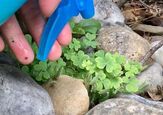
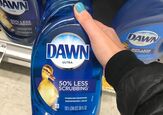
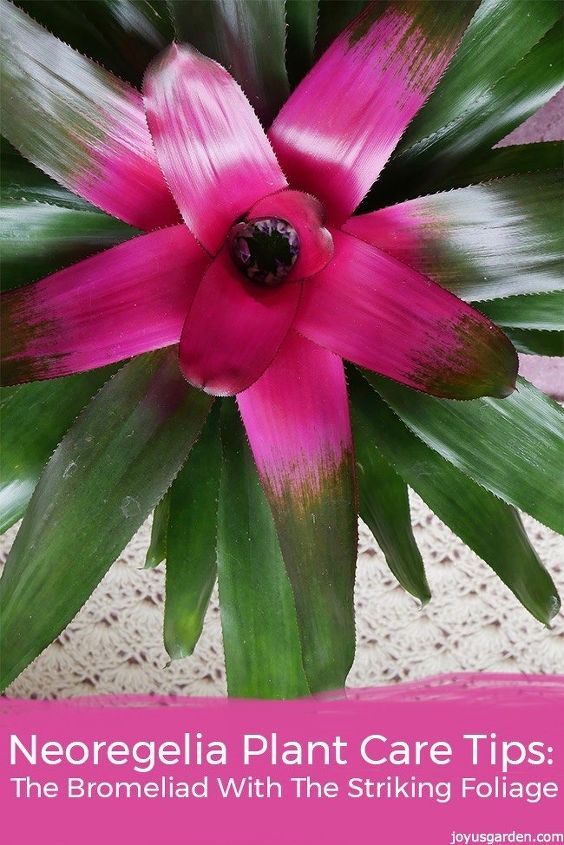



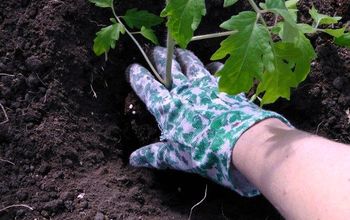
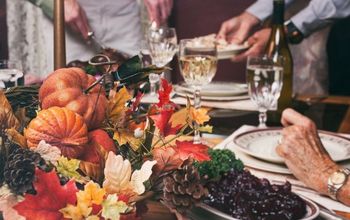



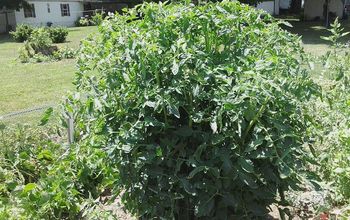
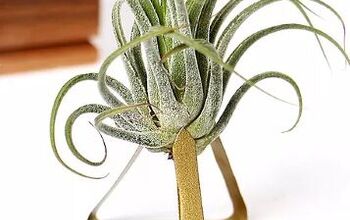
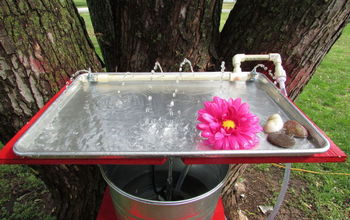
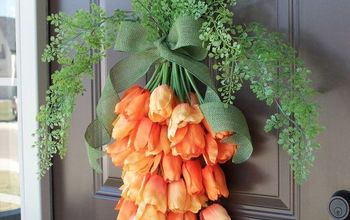
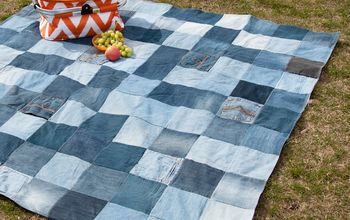
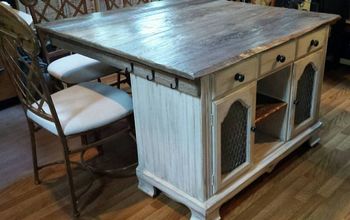
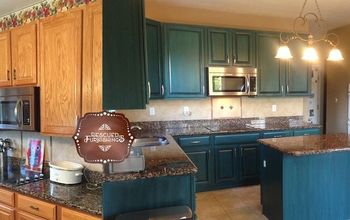
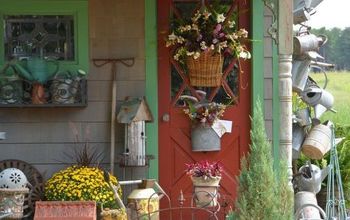
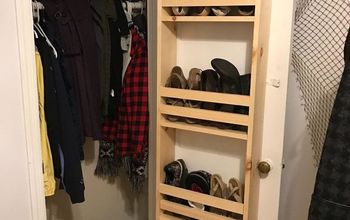
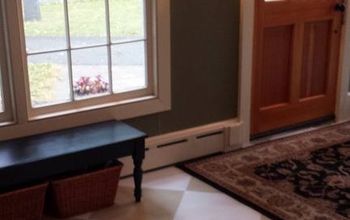
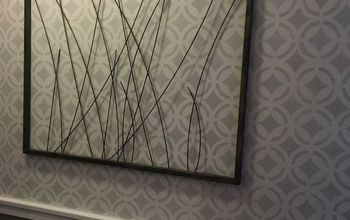
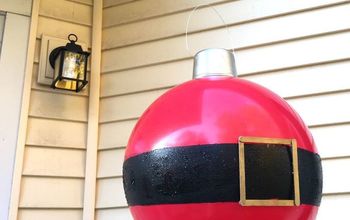
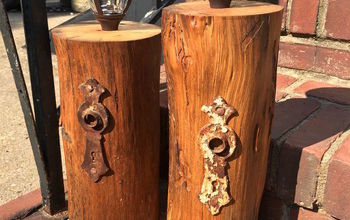
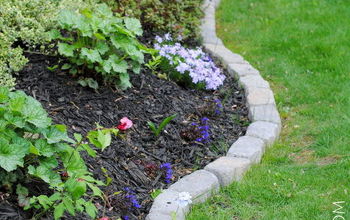
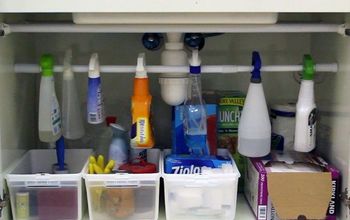
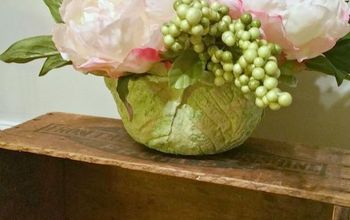
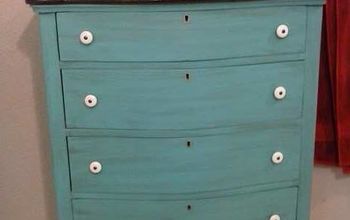
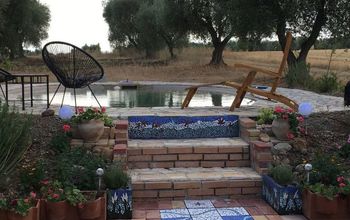
Frequently asked questions
Have a question about this project?